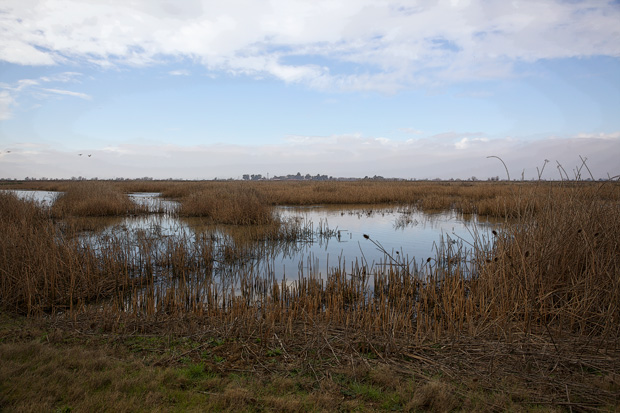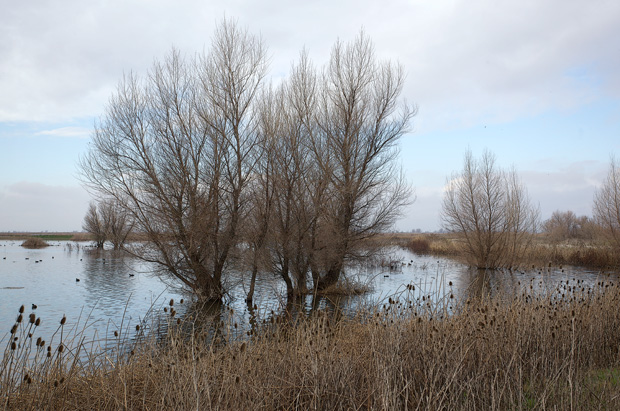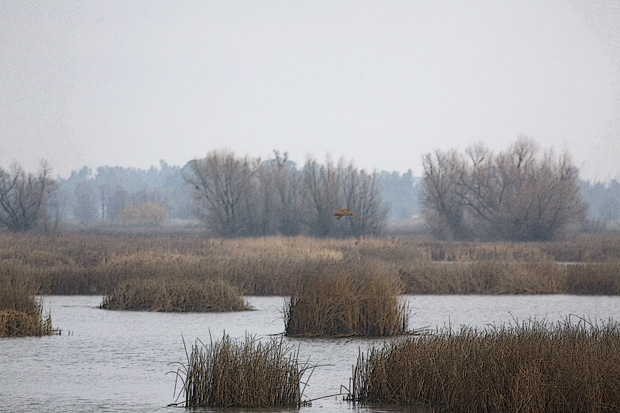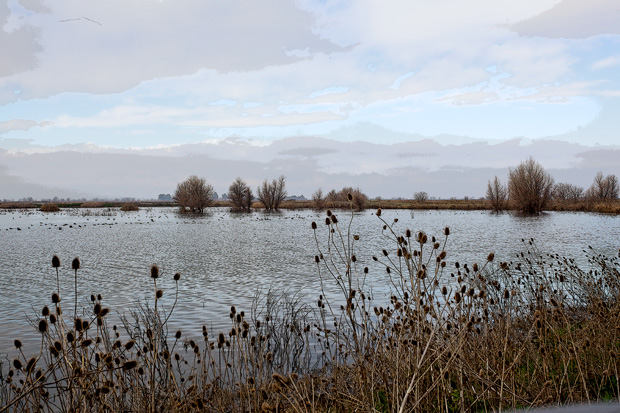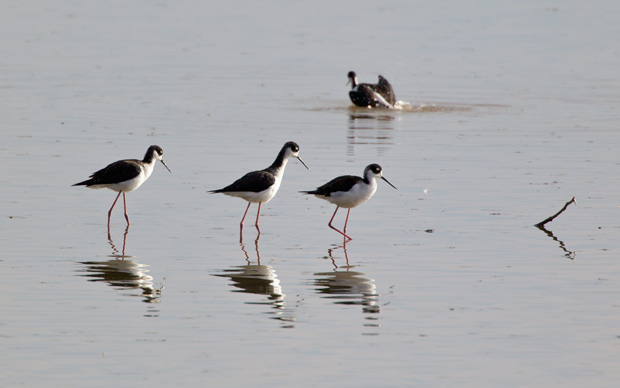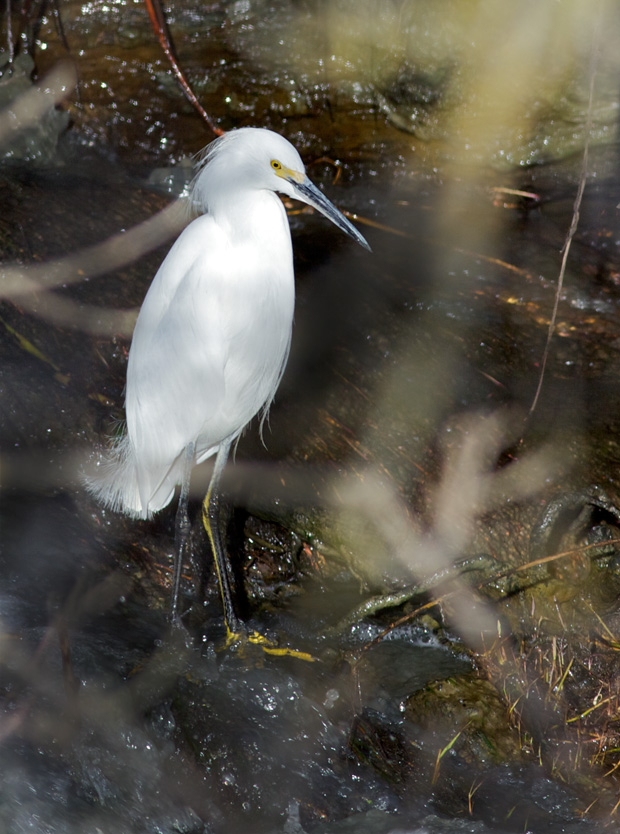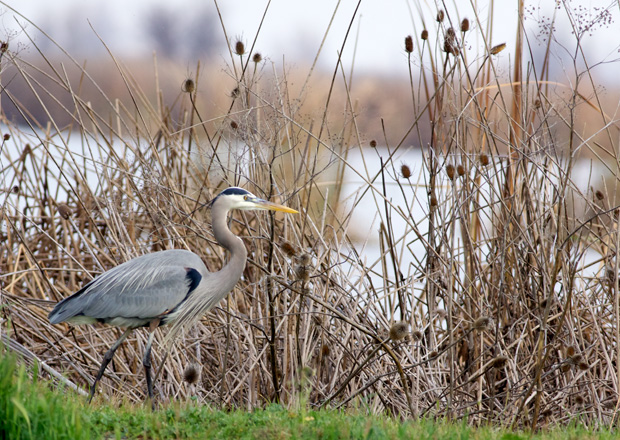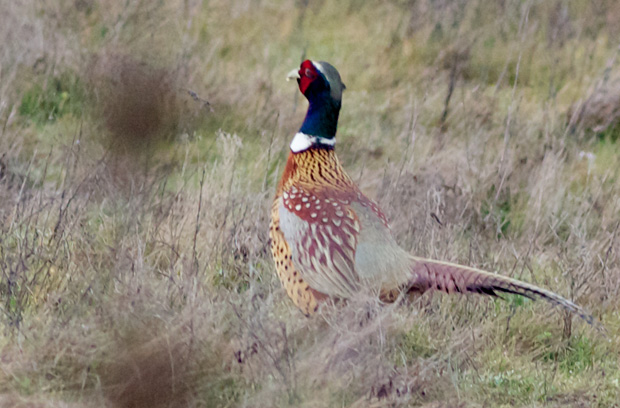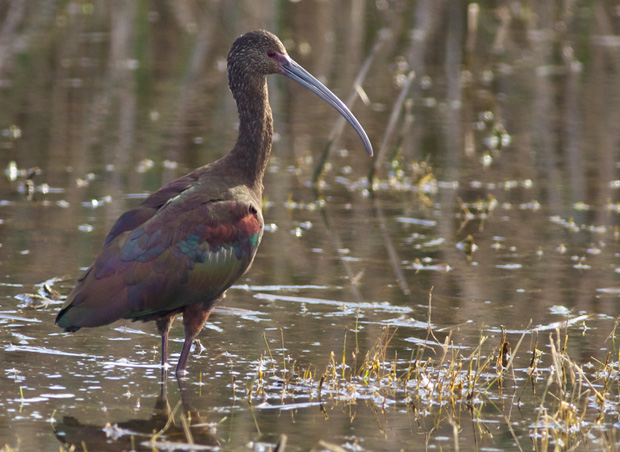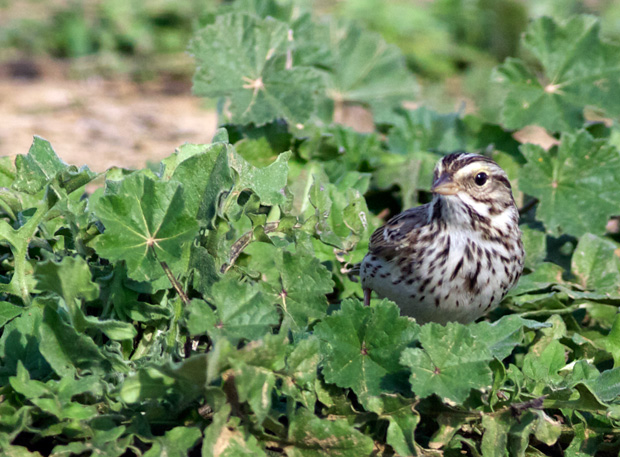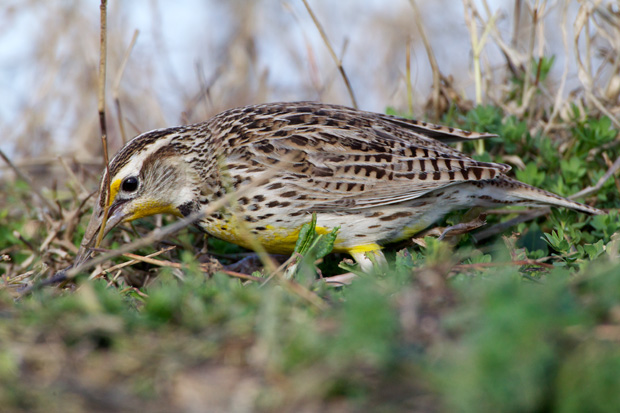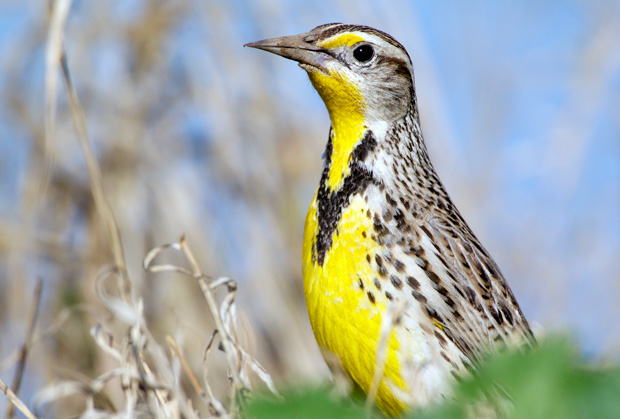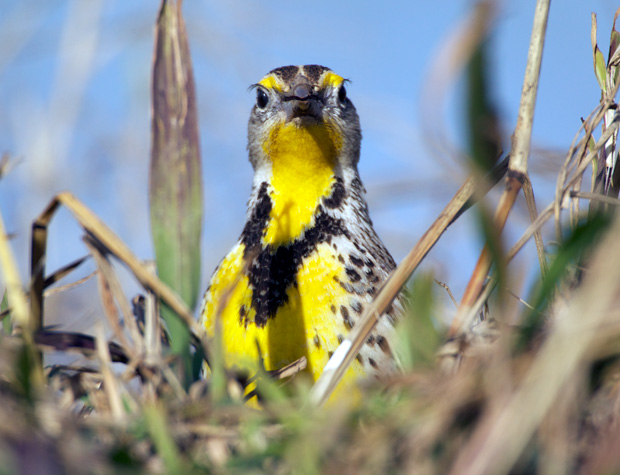Despite their austere appearance, the wetlands of the Sacramento NWR are a bountiful place. It was the huge flocks of Snow Geese that impressed me on my first visit there in November. When Leslie and I toured the refuge on Thursday afternoon there were few to be seen, but when we returned the next morning it looked like it had snowed overnight there were so many geese.
There’s not a wide-angle lens made that could have captured the number of snow geese we saw.
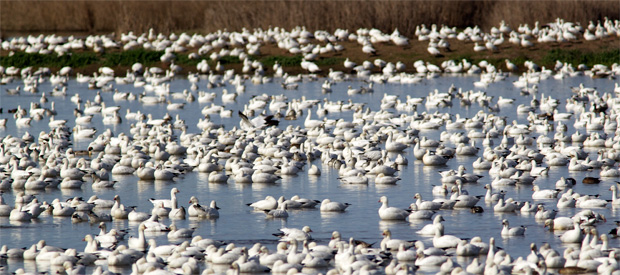
As morning wore on, flocks left to feed in nearby fields,
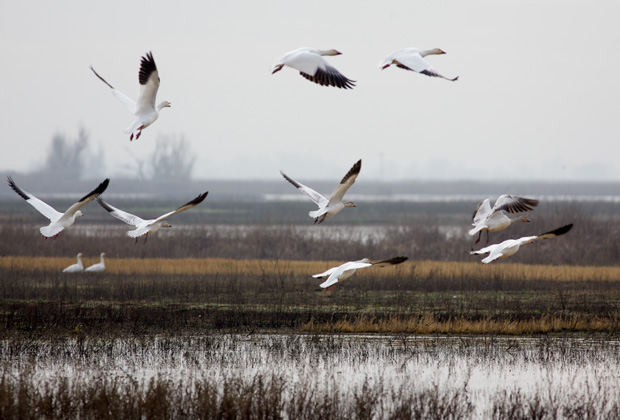
but always seemed to return to the wetlands.
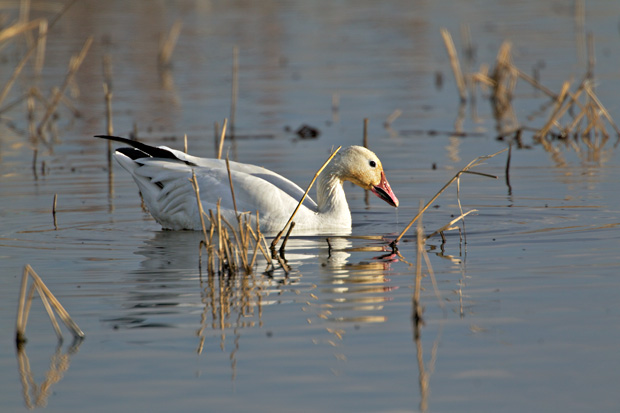
I suspect that there’s not enough food in the refuge for so many geese so they’re forced to go elsewhere to feed, but return to the safety of the wetlands after feeding. Luckily for visitors like myself, they seem secure enough here that it’s possible to get closeups of them.
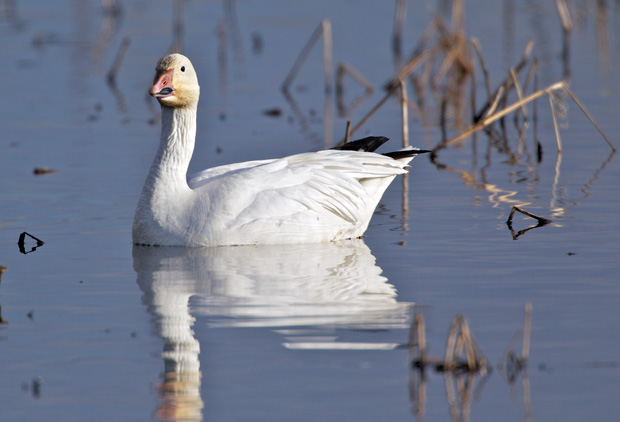
It’s amazing that these huge flocks will soon return to the Arctic tundra to breed. Thank goodness for places like this that offer the food and rest they need to make that journey.

